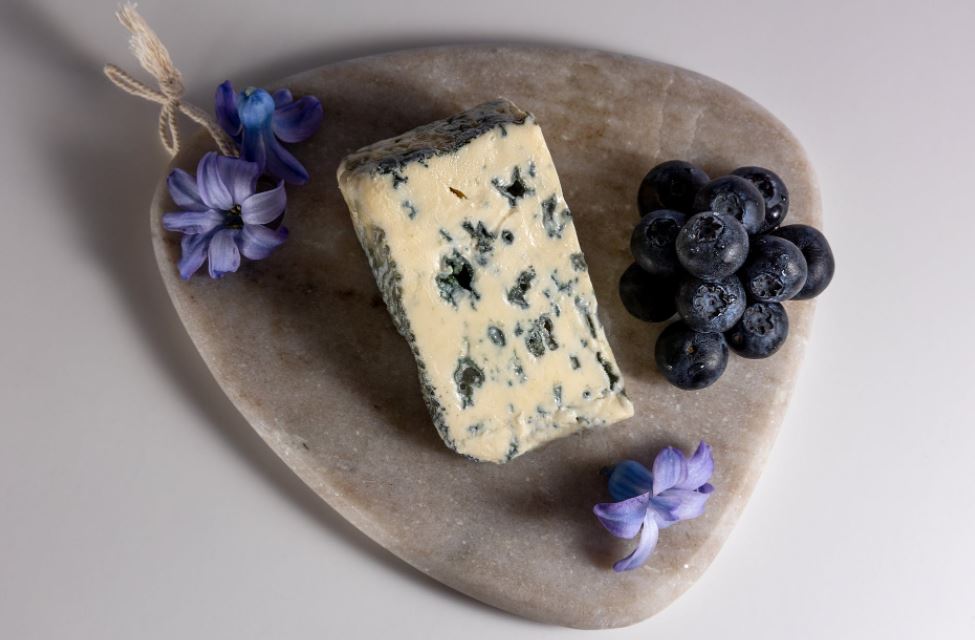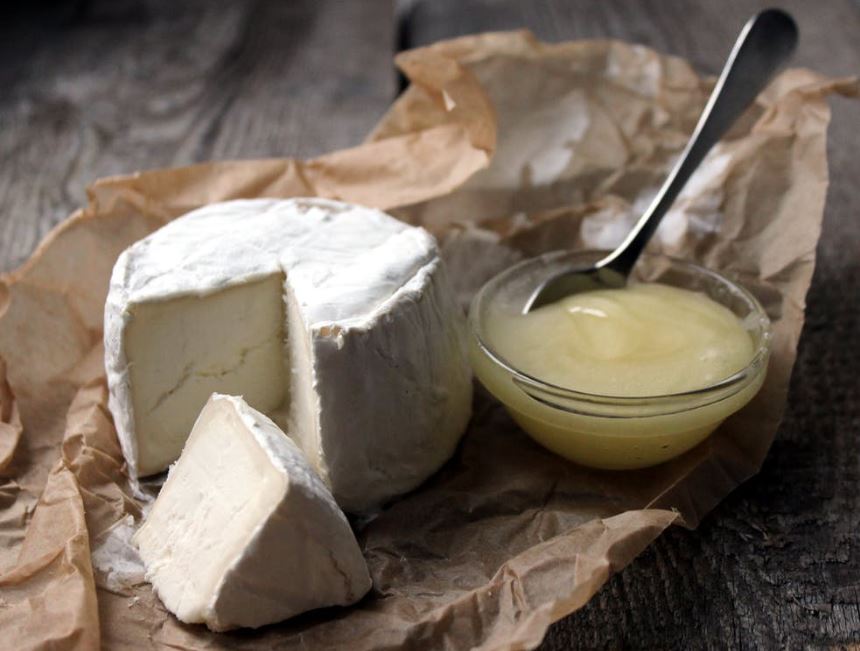Cheese has been carefully crafted over time to be among the most sought-after culinary ingredients in almost every cuisine globally. Cheese is made using various methods and milk types, and it is used in thousands of different applications, ranging from simple nachos to sophisticated charcuterie boards.
Even if you consider yourself a cheese connoisseur, you could broaden your cheese horizons. Your lactose game is severely lacking if you limit yourself to block cheddar, basic brie, and smoked gouda—all delectable but simple options. Instead of reaching for the usual vacuum-sealed wedge in the grocery store aisle, visit a cheese shop with an endless variety.
There are more than 400 different cheese types in France alone, and even America has stepped up its artisan cheese game to date. Enter the cheese shop and step out of your comfort zone. Here are some cheese categories you may not have heard of but should try:
American Originals
This category includes cheeses recognized by the American Cheese Society (ACS) as distinctively American in their natural forms, with a recipe from the Americas. Interestingly, there are no restrictions on texture, milk type, ripening method, moisture content, or age within the category. A few examples are Monterey Jack, Brick Cheese, Dry Jack, Brick, Colby, Muenster, and Teleme.
American cheesemakers are innovative, frequently creating new, never-before-seen cheeses. Such cheeses may be designated as “American Originals: Original Recipes,” indicating that the cheese has additional distinguishing characteristics based on the recipe, milk combination, texture, flavor, rind development/appearance, or the addition of non-dairy ingredients.
Blue Mold Cheeses
The inclusion of Penicillium roqueforti (or P. glaucum), acting as the primary ripening culture, distinguishes cheeses in this category. Most blue mold cheeses are distinguished by internal veined molding.
Bleu d’Auvergne, Roquefort, Bayley Hazen Blue, Stilton, and Point Reyes Original Blue are some examples of cheeses with veined and internal blue molding. Monte Enebro and Classic Blue Log are two kinds of cheese with veined and external blue molding.
Italian Type Cheeses
The styles and types of cheeses in Italy vary greatly. This category is further subdivided as follows:
- Pasta filata (stretched or pulled-curd) style with Provolone, fresh Mozzarella, Caciocavallo, and Burrata (fresh mozzarella encasing curds).
- Hard grating styles, such as Sardo, Parmesan, and Romano.
Portuguese and Hispanic Style Cheeses
This category highlights cheeses made with Azorean, Central American, Brazilian, Colombian, Guatemalan, Cuban, Hispanic, Latino, Portuguese, and Mexican (check out the types of Mexican cheeses here!) recipes. Cotija, Azeito, Sao Jorge, and Serra da Estrela are a few examples.
Smoked Cheeses
Although smoked cheeses are frequently classified under other categories depending on their other characteristics, they are worth mentioning separately. Although smoking cheese was a traditional method of preserving it, with the introduction of refrigeration, this is no longer necessary in most cases. Instead, the addition of smoke is lauded as a distinct flavor characteristic in and of itself.
The flavor of smoke can be introduced to cheese in two ways: naturally through smoking over wood chips in a smokehouse or smoker, or artificially through an artificial smoke “flavor,” usually in liquid form, introduced into the cheese.
Feta Cheeses
Feta is a classic Greek cheese that crumbles easily, is soft, and has been brine-cured. Feta cheeses are typically made with goat’s and/or sheep’s milk and a combination of milks. Feta is further classified by milk type for competition and categorization purposes and may include mixed milk varieties.
Farmstead Cheeses
This category includes cheeses that can be distinguished by their specific production methods based on smaller-scale, traditional farmstead production. These production methods necessitate additional steps that are not always affiliated with larger-scale commercial production.
Furthermore, farmstead cheesemakers strive to create unique flavor profiles in their cheeses that would be hard to replicate on a larger scale. Farmstead cheeses are further classified based on the amount of time they have been aged, the type of milk used, and the amount of moisture.
Goat’s Cheese
This cheese, also known as Chèvre (goat) in French, comes in various textures and flavors, ranging from young to mature, crumbly to creamy, mild to tangy. It is a versatile cheese that can be white, flavored with herbs or ash, or wrapped in grape leaves.
Capric acid (named after the Latin word Capra, which means “goat”), a flavorful fatty acid that encourages the growth of good intestinal bacteria in human beings and is sold as a health food product, gives it its distinct flavor. Cheeses from sheep and goats are excellent options for lactose-intolerant people due to their low lactose content.
White Mold Cheese
White mold cheeses, typically made from cow’s milk, have a mild, buttery flavor and a creamy texture. A white mold culture is added to the curd, allowing a white bloom to blossom on the surface. After that, the cheese ripens in four to nine weeks.
It becomes softer as it is stored for a longer time. Squeeze a white mold cheese gently on the sides to see if it is mature. The cheese should easily yield and bulge in the center.
Washed Rind Cheeses
“Washed rind” refers to surface-ripened cheeses by washing the cheese with brine, brandy, wine, beer, or a combination of ingredients throughout the aging/ripening process. This washing results in cheeses with a high moisture content (over 42%), lower acidity and higher pH levels, and a distinctive orange- or red-colored rind with an intense aroma that is frequently sticky to the touch. Many washed rind cheeses have a much milder flavor profile than their aroma suggests.
The inside of these cheeses is usually semi-soft and, on occasion, very creamy. Depending on the cheese style and the cheesemaker, washed-rind cheeses can be made from raw and pasteurized milk. Some triple-crème, tomme-style, and semi-soft cheeses, such as Livarot, Epoisses, and Taleggio, fall into this category.
Alsatian Munster, Epoisses, Chimay, Langres, Pont L’Eveque, Limburger, Taleggio, St. Nectaire, and Vacherin Mont d’Or are examples of soft-ripened, bacterial surface-ripened cheeses.
Raclette-style cheeses are washed-rind Alpine-style cheeses that can be scraped when heated up and melted without extra free oil release and aged for at least 45 days.
Although the rinds of many traditional Alpine cheeses, such as Comté and Beaufort, are washed with brine or other solutions, they are not usually categorized as washed-rind cheeses because of their firm texture and distinct flavor characteristics.
You’ll quickly learn what you favor and don’t favor by focusing on different cheese categories, so the next time you stroll into that store, you can at least act like a pro. Need a quick list of wine and cheese pairings for your next party? We’ve cataloged the best wine and cheese pairings and their go-to food accompaniments so that you can create a visually appealing and artistic cheeseboard for your menu.




